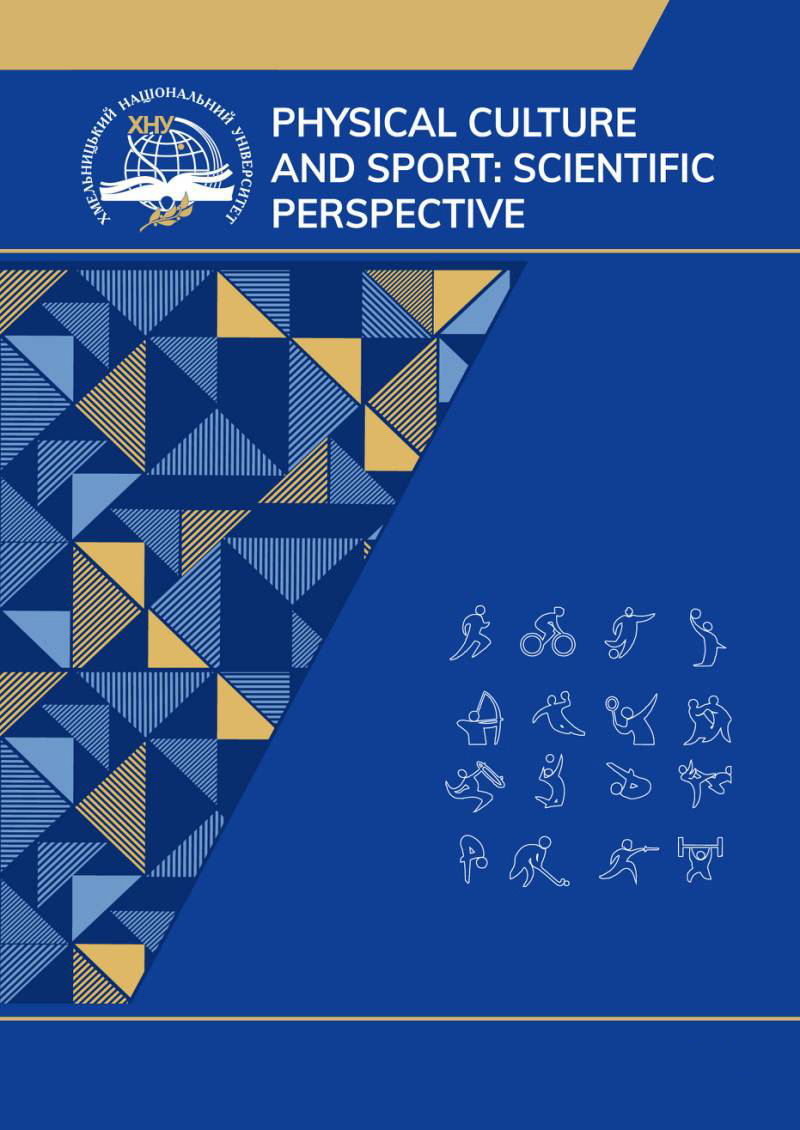THE PROBLEM OF PHYSICAL THERAPY FOR CHILDREN WITH CONSEQUENCES OF HIP DYSPLASIA
DOI:
https://doi.org/10.31891/pcs.2024.4.5Keywords:
physical therapy, dysplasia, hip joint, pathology, dysplasia disease, newborns, rehabilitationAbstract
To date, hip dysplasia is a fairly common pathology that occurs in newborns. Hip dysplasia is a congenital pathology of joint formation, which leads to further possible subluxation or dislocation of the femoral head, it is a developmental defect that affects all components of the joint (ligaments, capsules, femoral head, acetabulum, etc.). The purpose of the study: to theoretically substantiate the peculiarities of the use of physical therapy for children with consequences of hip dysplasia. Research methods. Methods of theoretical level of research were applied in the work: analysis, comparison, induction, deduction, systematization and generalization of scientific and methodical literature. Results. The use of physical therapy has a positive effect on children of the first year of life with hip dysplasia, the analyzed studies have shown that children have strengthening of the muscles of the lower extremities, increased mobility and amplitude of active movement in the ankle joints, improved balance. Studies have confirmed that periodic monitoring is necessary for timely diagnosis of incomplete correction and prevention of relapse. Therapeutic exercises play an important role in bringing the lower limbs into a therapeutic position, increasing the range of motion in the hip joint, and restoring motor functions in children. Optimization of physical therapy is aimed at normalizing motor functions and mastering motor skills. Conclusions. Thus, hip dysplasia can lead to serious disorders in the development and functioning of the joint, and without proper treatment, cause chronic pain and mobility limitations in later life. Early diagnosis and the use of effective physical therapy methods help prevent the progression of the disease, reduce the need for surgery and contribute to the normalization of joint function.
References
Abdullah, S., Johnson, T., & Williams, K. (2022). Efficacy of physiotherapy in infants with hip dysplasia. Journal of Pediatric Rehabilitation, 25(3), 113–120.
Brown, L., Shaw, B., & Wilson, J. (2023). Comprehensive nonoperative treatment protocol for developmental dysplasia of the hip in infants. Bone & Joint Journal, 105-B(8), 935–942.
Patel, S., Ahmed, T., & Hossain, F. (2023). Randomized comparison of manual therapy and standard care. Orthopedic Studies International, 12(7), 151–158.
Roberts, K., Franklin, S., & Morgan, T. (2024). Role of physical therapists in neonatal hip screening. Journal of Neonatal Therapy, 15(1), 83–91.
Schwend, R. M., Shaw, B. A., & Segal, L. S. (2014). Evaluation and treatment of developmental hip dysplasia in the newborn and infant. Pediatric Clinics of North America, 61(6), 1095–1097.
Sewell, M. D. (2011). Screening and treatment in developmental dysplasia of the hip – where do we go from here? International Orthopaedics, 3, 1359–1367.
Silva, T., Goncalves, P., & Almeida, S. (2022). Efficacy of stretching exercises in DDH therapy. Physiotherapy Today, 22(8), 131–139.
Zhang, Y., Liu, Q., & Wang, Z. (2023). Physical activity-based interventions for neonatal DDH. Journal of Pediatric Exercise Science, 9(3), 76–85.
Downloads
Published
How to Cite
Issue
Section
License
Copyright (c) 2024 Юлія ВОЛКОВА, Тетяна ОДИНЕЦЬ

This work is licensed under a Creative Commons Attribution 4.0 International License.





